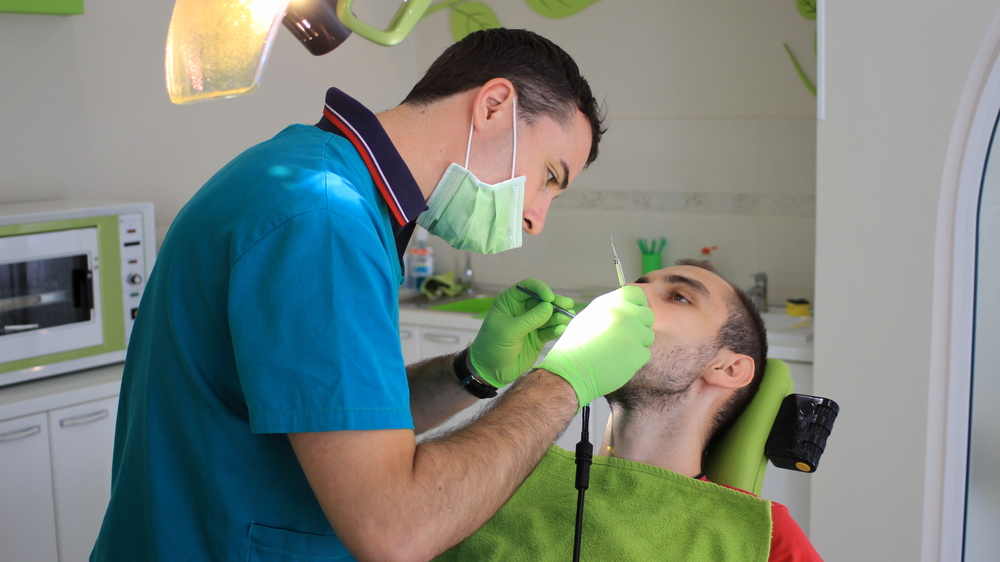| “Because that for His name’s sake they went forth, taking nothing of the Gentiles.”
(III John 7)
|
A great many of the church's problems today are a direct result of the church "taking" and actively pursuing a legal status that makes it inferior to, and a subordinate of, the civil government. The two most significant ways this occurs is by incorporation (state jurisdiction) and the tax-exempt 501c3 status (federal jurisdiction).
Scripture simply does not support the notion that the church is an inferior institution to the State. Nor, for that matter, is the church a superior institution to the State. God has ordained both the church and the civil government as His "ministers." The church is the minister of grace, while the State is the minister of justice. Church and State are two distinct and independent spheres of authority (jurisdictions) ordained by God.
However, no church can remain separate and distinct from the civil government when it incorporates and/or accepts 501c3 status. For legal purposes an incorporated 501c3 church has subordinated itself, by contract, to the civil government. For theological purposes, that church has made a covenant with the State, a covenant which Scripture in no way supports.
What is the solution to the church's current messy state of affairs? It must cease operating as an underling of the State. The solution is for the church to legally operate as it once had in America (and we might add, quite successfully so). Rather than operating as "tax-exempt nonprofit religious corporations," churches once functioned as "free-churches." Just what exactly is a free-church? A free-church operates independent of, and is in no way subordinate to, the civil government.
It is the right of any church to operate free of the corrupting and compromising influence and control of the State; and it is a right guaranteed by the Constitution:
- Congress shall make no law respecting an establishment of religion, or prohibiting the free exercise thereof…
The church is the religious institution ordained and established by Jesus Christ Himself, and Christ has never delegated His authority to the civil jurisdiction to rule in the affairs of His church.
A free-church is the opposite of a State-Church. The Church Of England is a State-Church system. State-Churches are well known throughout Europe, and there have been State-Churches there for many centuries. Europeans not only have a very low regard for their State-Churches and government-licensed clergy, they often hold them in open contempt, and this is reflected statistically by what is the lowest church attendance in the world.
Rather than being quick to criticize the Europeans for not attending church, we should ponder whether their contempt for the State-Church system isn't well deserved. If you're ever inclined to have a church experience that is cold, empty, meaningless and downright depressing, just attend the average European church service (it's little wonder there are so many agnostics and atheists there).
A State-Church is a church which is organized by the State, and/or is controlled and regulated by the State, or which exists at the pleasure of the State. Christians in Europe have, for a number of generations, grown up surrounded by nothing but State-Churches. As such, they are generally not offended by the notion that the State controls their church (they just don't bother to show up unless it's Christmas). It's simply a way of life for them which they generally do not question.
Americans, on the other hand, are generally offended by the notion of the State creating or controlling their churches, or that their churches would be subordinate to the State. However, this is exactly what has occurred in recent years as a direct result of churches incorporating and seeking a 501c3 status -- they have become State-Churches.
A free-church is a church that is truly separate, independent and autonomous from the State. It is established by a local body of Christian believers, or chartered or "planted" by another church body or denomination, without the permission or sanction of the State. The only "sovereign" of the free-church is the Lord Jesus Christ. A free-church cannot incorporate, it cannot seek a 501c3 status, it cannot become a tax collector for the State (withholding agent), it cannot accept government-issued tax numbers (EIN).
The term "free-church" was widely used by the American colonists. It was not a term that they coined, but one which they inherited from their fathers and forebears such as the Scottish Covenanters, and the "non-conformist" English clergy, both of whom fled the persecutions of the Anglican State-Church and it's "sovereign head" the British monarchy.
Even after American independence there continued to be Christians who fled the religious persecution of their State-Church systems for the freedom of religion America offered them. They too often used the term "free-church" to describe the churches they organized. Such an example of this would be the Evangelical Free Church, which was founded by a group of Scandinavians who settled in America in the mid-nineteenth century.
Tragically, the Evangelical Free Church In America today has become a "Free Church" in name only. By incorporating and becoming a 501c3 they, some years ago, decided to abandon those principles that their Swedish, Danish and Norwegian forefathers endured great persecution for.
Equally tragic is the demise of the so-called "Free-Church of Scotland." Were they honest it would be renamed the "State-Church of Scotland." So thoroughly has it become a State-Church that Scottish pastors receive their paychecks from the government (and it happened because the Scottish clergy insisted upon it). He who pays the piper calls the tune.
The church must cease operating as an underling, subordinate to the State, or in any way dependent upon the State for "privileges and benefits." The solution rests in the church organizing and operating as a church -- the ecclesia, not as something other than what the Lord Jesus Himself ordained and specified. Jesus spoke of the church as a “body” with Himself as the “head” of His church, and we as various “members of the body.” The church is, therefore, not an “organization” (a “legal entity”) but a living, breathing “organism.”
This should not be a difficult biblical doctrine to grasp, particularly for the Pastor. Sadly, however, ever since local churches started organizing as tax-exempt non-profit corporations in the mid-twentieth century, and since the incorporated 501c3 church is now the status quo, many folks have a hard time conceiving of the church operating as just a church. For some odd reason, just being a church isn’t good enough anymore for too many Christians.
The thinking today appears to be that we must somehow be smarterthan Jesus and His disciples were. They refused to incorporate and that refusal resulted in their persecution (incorporation of all “spontaneous collectivities of persons” became mandatory throughout the Roman Empire by 6 A.D.). We’re told that we live in a far more complex world than the first-century church, and so the church too must inevitably become more complex and just adapt to the complexities of the modern information age. The simplicities of the organizational infrastructure (polity) of the early church are no longer adequate to address the complex world in which we live.
Those who hold to such beliefs, whether in word or deed, are in reality, making a public proclamation that Jesus Christ is no longer competent to govern His own church and provide for, and protect it.
The courts well-understand that “a church is not an entity recognized in law,” meaning that they have no jurisdiction over the church. However, organizing a church as a church is an especially difficult concept for attorneys to grasp. Few attorneys can comprehend that there are things and issues completely outside the purview and jurisdiction of the civil government, nor do they much care for the idea. After all, it’s hard to get many billable hours out of those churches that understand that the civil government has no jurisdiction over them. A free-church needs an attorney like a fish needs a bicycle.
The legal support for the State’s lack of jurisdiction over the church in America is not only the Word of God, but the First Amendment to the Constitution for the United States:
- Congress shall make no law respecting an establishment of religion, or prohibiting the free exercise thereof…
The solution rests in the church abandoning the phony third-rate protections and benefits of the State and returning to those realprotections and benefits that are ours in Christ Jesus.
Although it's not inherently difficult to unlicense a State-Church1and/or organize and operate as a free-church or free-ministry, you'll still need some guidance and direction. Thankfully, there's no need to hire an attorney. All you need is some basic do-it-yourself education, and that's what this ministry offers.
We have a couple of options available for you, but for most folks the best one is our National Unlicensed Church Conference. Videos and Syllabus of that conference are available.
Footnotes:
1). We define a State-Church as any of the following:
- An incorporated church
- An incorporated 501c3 church
- A 501c3 "unincorporated association" church
- A corporation sole church (contrary to the myths promulgated by the corporation sole peddlers, a corporation sole is a corporation, and it makes little difference whether or not it is also a 501c3. A corporation sole church is a State-Church).
| | Home | Forum | Events | Catalog | Articles | Contact Us | Site Map | | |
| Copyright 2003, Heal Our Land Ministries, All Rights Reserved A word about copyright |






